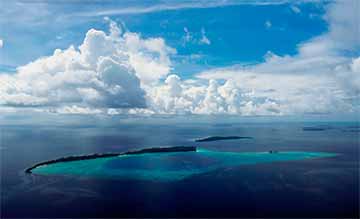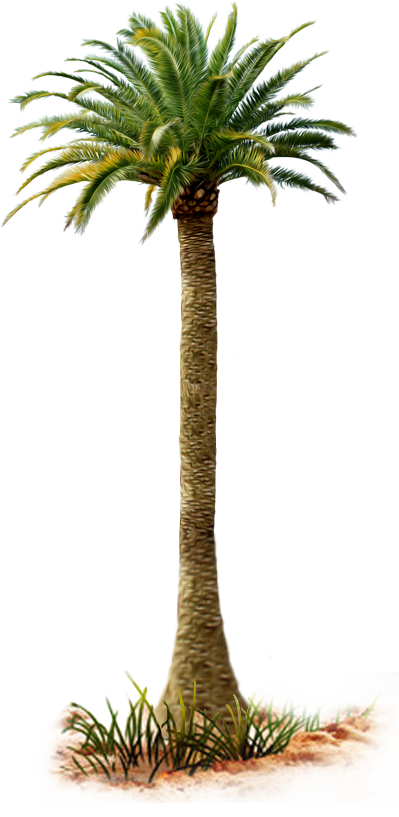Discover the Solomons
"Explore" the hidden paradise of the South Pacific archipelago made up of 992 islands
"Experience" the breathtaking tropical beauty, strikingly unique flora & fauna, alongside a diversity of exotic cultures still practiced by its people
"Enjoy" crystal clear waters which are perfect all year round making it a snorkeling & diving paradise
"Find" a world which remains unhurried, undeveloped, untouched & unspoiled
"Discover" the WWII wrecks that lie undisturbed both underwater & on land

Alvaro de Mendana
The islands are believed to have been inhabited for around 5000 years and European discovery reportedly occurred in 1568. The Spanish explorer, Alvaro de Mendana, named the islands, “Isles of Solomon”, after discovering gold, believed to have belonged to King Solomon.

Solomon Islands are divided into nine provinces. Close to 87 different languages are spoken, including the predominantly used language of Pijin, English is also spoken and understood throughout Solomon Islands. The many islands and atolls that make up these provinces are mainly covered in dense rainforest.
The island people are very friendly and hospitable to visitors. After meeting the locals, it seems difficult to believe that parts of the country have a history of head hunting, which is now non-existent.
The current population of the country is estimated to be around 600,000 with a population density of approximately 17 people per square kilometer.
Geography
Solomon Islands is made up of over 992 tropical islands of which around 350 are inhabited. There are six major islands located between New Guinea and Vanuatu, these include; Choiseul, Isabel, New Georgia, Guadalcanal, Malaita and Makira.
The distance between the Shortland Islands, which border with Papua New Guinea in the west, to the Santa Cruz Islands, which border with Vanuatu in the east, is about 1,500 kilometers. Solomon Islands total land area is approximately 28,442 sq. km and the total sea area is over 1,600,000 sq km. The highest mountains are located on Guadalcanal and stand at 2,330 m above sea level.
Climate
Summer smoulders from December through to April. Temperatures, rainfall and humidity all increase to a sultry simmer, ranging from 23° C to around 30°C.
Relief comes late May to November, when the islands enjoy lower temperatures and less frequent rainfall. The further inland one goes, the warmer the temperature. Even though the mountain air in cool, it is the sea breezes close to the shore that provide most refreshment.

Economy
The economy of Solomon Islands is small, but growing strongly. Around 80 per cent of working age people in Solomon Islands are engaged in the non-monetary (or subsistence) economy. This means that agriculture is one of the most important sectors of the economy. Main export crops are copra, cocoa, timber and fish.
Logging activities have recently been one of Solomon Islands most important sources of economic growth. But this source of growth is unsustainable. The country is therefore broadening the base of the economy with mining, agriculture exports, fisheries and tourism all being targeted for fast economic growth.
Time Zone
The Solomon Islands time zone is eleven hours ahead of Greenwich Mean Time (GMT). Most of the country however operated on what is known locally as “Island Time”, where a watch is not necessary at all. Some time zone comparisons are as follows:.
| Auckland | +2 hours |
| Brisbane | -3 hour |
| Tokyo | -2 hours |
| London | -10 hours |
| Washington | -15 hours |

Currency
Shell money was the traditional Solomon Island currency long before bank notes were introduced. Though still used in some provinces, the standard from of currency is the Solomon Islands Dollar (SBD). There are three major banks operating, Westpac, ANZ and Bank of the South Pacific (BSP), including a number of Automatic Teller Machines (ATM) throughout Honiara and the country. Standard banking hours are 8:30am -3:00pm. Use of traveller’s cheques and credit card are accepted (a 5% surcharge normally applies) in most major resorts and restaurants, but seldom accepted out of a major town.
Visas & Passports
Citizens of the (British) Commonwealth, United States of America and most European Countries do not need visas. If you have a valid passport and return ticket or onward ticket, you can acquire a visitor’s permit on arrival with validation for three (3) months.
Government
Solomon Islands follow the Westminster system of government with the British monarch as Head of State, represented by a Governor General. The government is led by the Prime Minister. Elections are held every four years, with citizens 18 years and over being able to vote. The National Parliament is in Honiara and sits several times a year.
Departure Tax
S$100 for outbound international passengers with all airlines now including this in their ticket prices.
Dress code
Modest dress in encouraged and light cotton recommended all year round. Bikinis should be reserved for the resort pool. When visiting villages, women should ensure their attire covers below their kness, as most local women do not wear shorts or pants. Modesty is more an act or courtesy by visitors, especially out of Honiara in rural villages or when bushwalking.
Wantok
Wantok refers to people of the same language or family group. It is a communal support system a major part of Melanesian culture in Solomon Islands.



